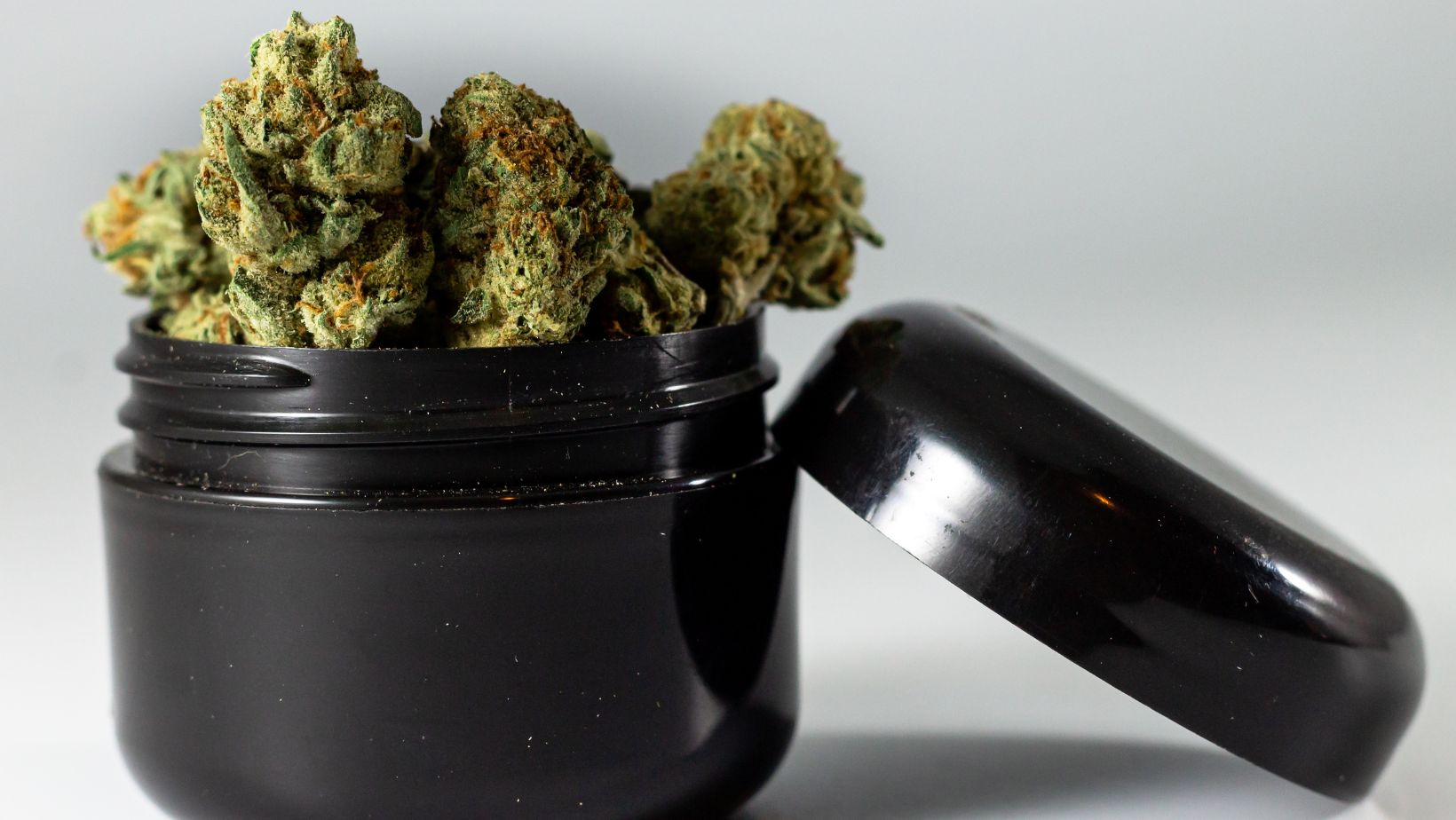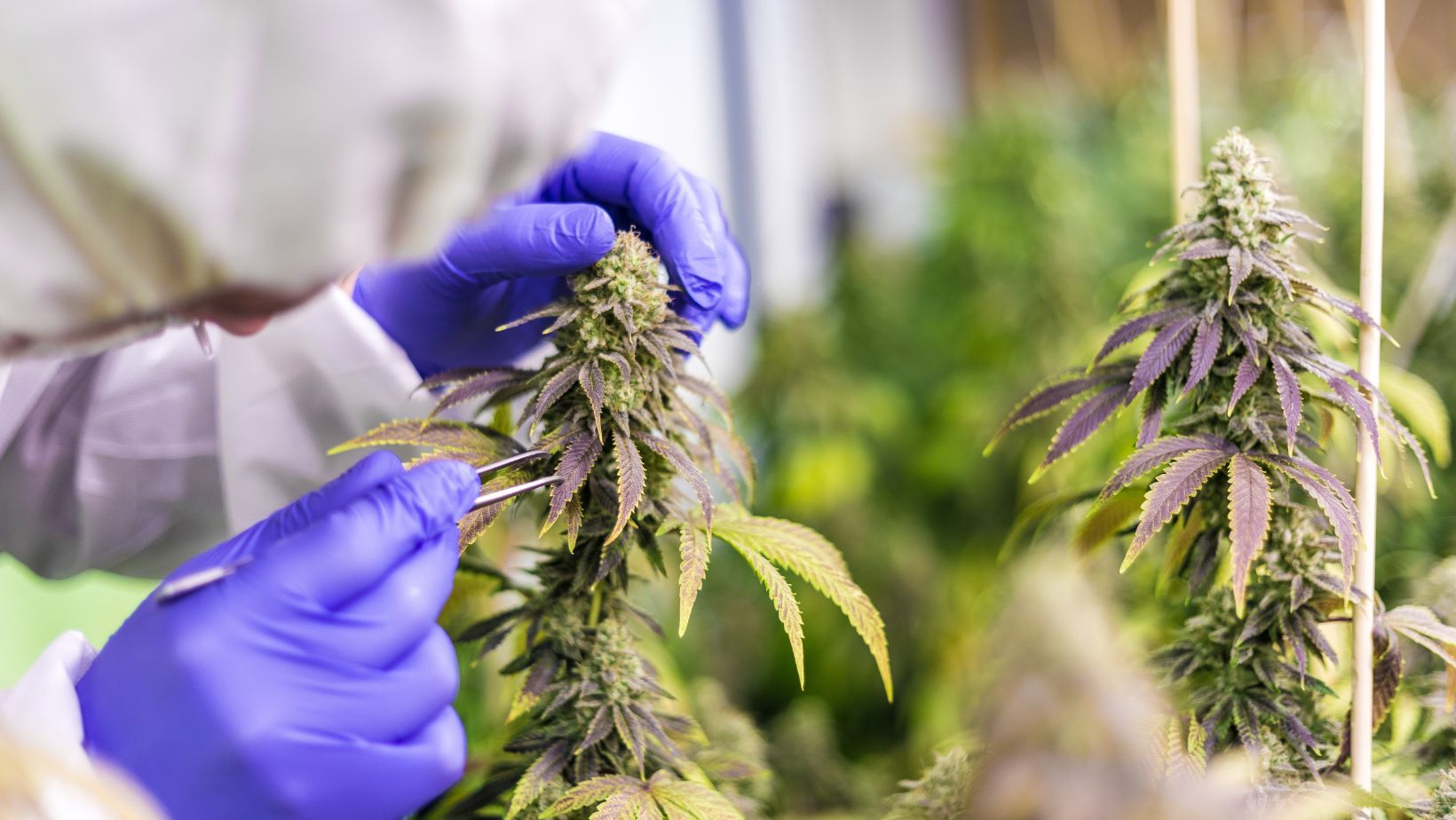Cultivating cannabis efficiently and rapidly without compromising the quality of the yield is a challenging but achievable goal.
Growers can significantly accelerate growth cycles by carefully controlling environmental factors, selecting the right genetics, and employing advanced cultivation techniques. This article provides practical guidance on achieving these objectives, presenting scientifically-backed methods and clear, actionable strategies.
Genetic Selection
- Strain Importance: The genetic makeup of a cannabis plant plays a pivotal role in its growth rate and overall resilience. Fast-flowering strains, such as Indica-dominant hybrids, generally mature quicker than Sativa strains, making them an ideal choice for rapid cultivation. Autoflowering strains, which switch from vegetative growth to flowering without a change in light cycle, also provide a swift harvest.
- Genetic Quality: High-quality seeds lead to vigorous growth and robust plants. Selecting seeds from reputable sources ensures genetic purity and vitality. Opt for well-known seeds for their quick maturation and high yields, which can be identified through grower analysis and cultivation reports.
Optimized Lighting
- Light Intensity and Spectrum: Adequate lighting is crucial for speeding up cannabis growth. High-intensity discharge (HID) lamps, such as HPS (High-Pressure Sodium) or MH (Metal Halide), are highly effective during different stages of growth. While more energy-efficient, LED lights must be chosen carefully to ensure they provide a full spectrum suitable for both vegetative growth and flowering.
- Photoperiod Management: Manipulating the light cycle can encourage faster growth. For non-auto-flowering strains, maintaining an 18-6 light cycle (18 hours of light and 6 hours of darkness) during the vegetative stage maximizes growth speed. Transitioning to a 12-12 cycle to induce flowering should be timed precisely to promote a quicker turnover.
Controlled Environment
- Temperature and Humidity: Maintaining optimal environmental conditions in your grow area can drastically affect the growth rate and health of cannabis plants.
- Ideal temperatures range from 70-85°F (21-29°C) during the light period and 60-70°F (15-21°C) during the dark period.

- Humidity levels should be around 40-60% during the vegetative phase and reduced to 40-50% during flowering to prevent mold and facilitate resin production.
- CO2 Supplementation: Enhancing carbon dioxide levels in the growing environment can significantly increase the rate of photosynthesis, leading to faster growth. Optimal CO2 concentrations are about 1500 ppm during the light periods. Ensure your grow space is adequately sealed and ventilated to manage CO2 levels safely.
Nutrient Management
- Optimal Feeding Schedule: Cannabis plants have specific nutritional needs during different stages of their lifecycle. A precise feeding schedule matching these requirements can lead to quicker and healthier growth.
- Nitrogen-rich fertilizers are essential during the vegetative stage for promoting foliage growth.
- Phosphorus and potassium-rich fertilizers enhance flowering and bud production.
- pH and EC Levels: Monitoring and adjusting the pH and electrical conductivity (EC) of your soil or hydroponic solution ensures that plants absorb maximum nutrients. The ideal pH range for cannabis is between 5.5 and 6.5. Keeping EC levels within the optimal range helps avoid nutrient burn and deficiency, promoting steady growth.
Advanced Techniques
- Training Techniques: Techniques such as Low-Stress Training (LST) and High-Stress Training (HST) like topping or filming, can encourage a bushier canopy and potentially lead to more bud sites, accelerating overall growth.
- Hydroponics: Growing cannabis in a hydroponic system can significantly speed up the vegetative phase because of the more efficient nutrient delivery system. Systems like DWC (Deep Water Culture) allow roots to absorb nutrients more readily, leading to faster growth rates.
For more detailed insights into the typical timelines for cannabis growth from seedling to harvest, consider reading this informative article. You can find it here, which covers various stages and factors influencing the growth duration of cannabis plants.

In conclusion, accelerating the growth of cannabis without sacrificing quality involves a strategic blend of genetic selection, precise environmental control, and advanced cultivation techniques.
By implementing these carefully considered approaches, growers can optimize their operations for speed and efficiency, leading to more rapid crop turnovers and potentially higher yields. Establishing a routine that meticulously monitors and adjusts the critical factors discussed ensures that the cultivation process remains swift and effective.


More Stories
AI’s Unseen Edge: Security Risks and Ethical Concerns in Gaming and Media
The Power of a Strong Start: Why Gaming Platforms Reward New Players So Generously
Australia’s Success On The International Stage: Analyzing Cricket World Cup Victories